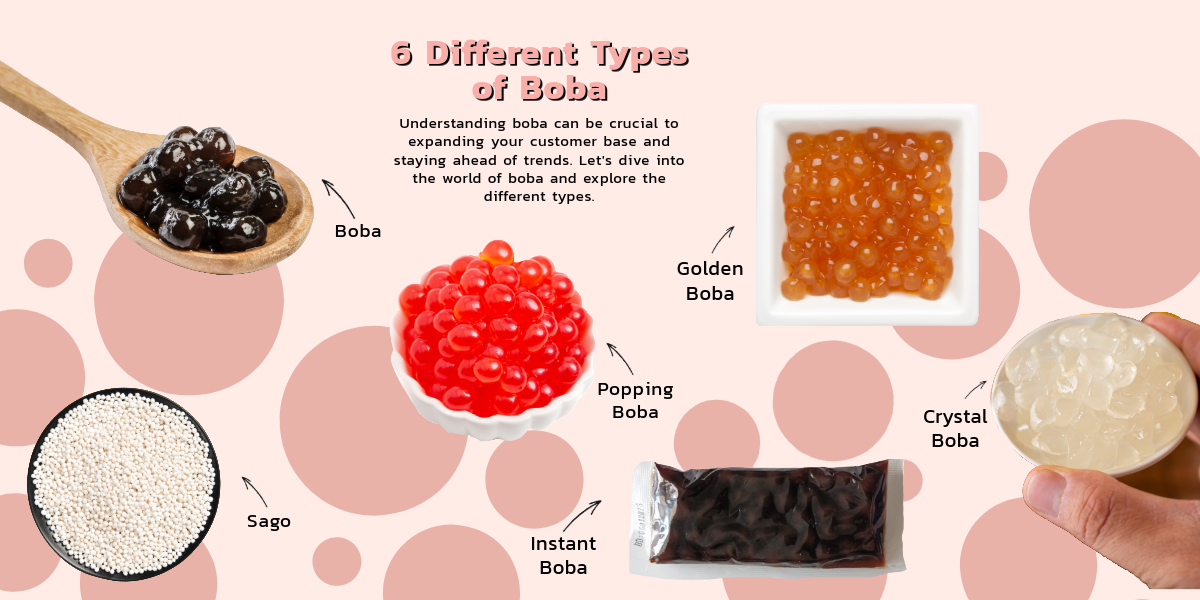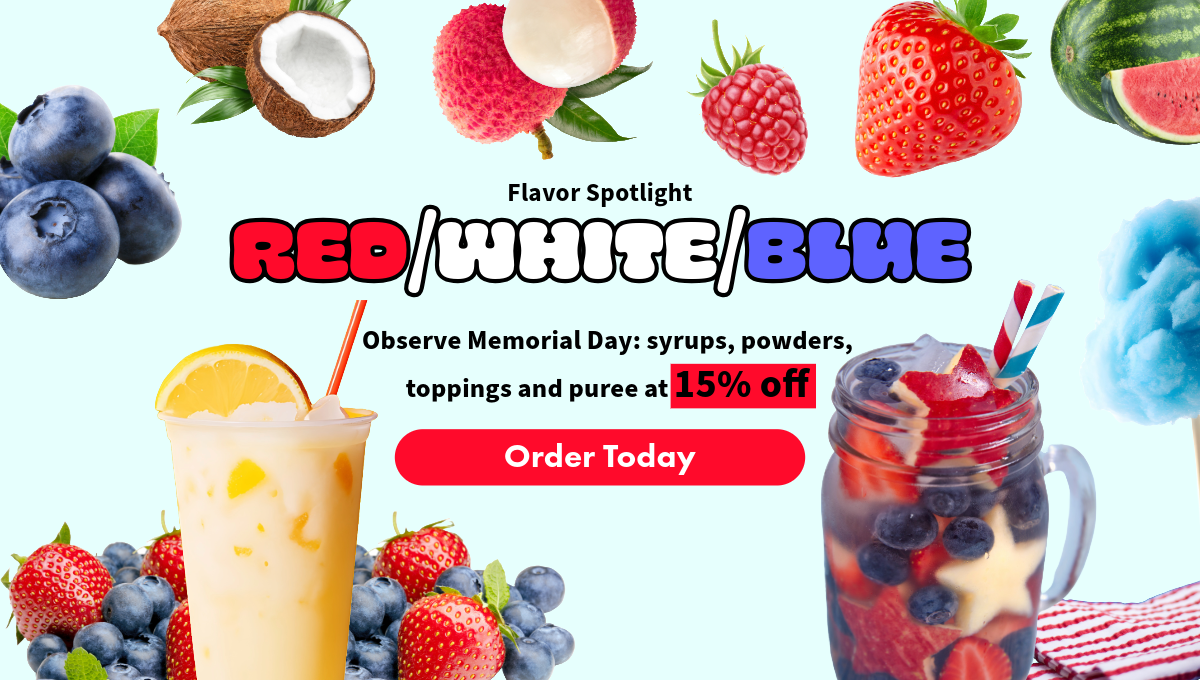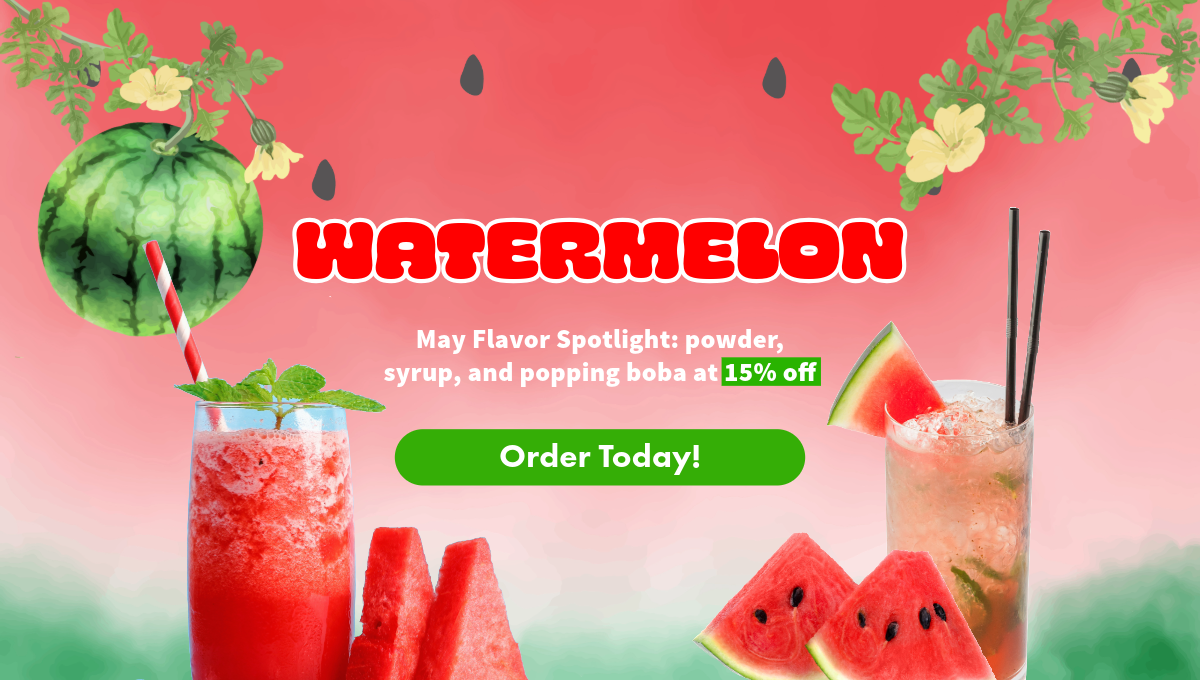What is Boba? A Guide for Business Owners
A Trendy Topping
Boba, those chewy tapioca pearls that have taken the world by storm, has become a staple in many beverage and dessert shops. Its unique texture and versatility have made it a beloved ingredient among consumers of all ages. As a business owner, understanding boba can be crucial to expanding your customer base and staying ahead of trends. Let’s dive into the world of boba and explore how it can benefit your business.
What is Boba?
Boba, also known as tapioca pearls, are small, chewy spheres made from tapioca starch. Traditionally used in Asian beverages, boba has gained global popularity, especially in bubble tea. Making boba involves extracting starch from the cassava root, shaping it into pearls, and boiling them until they reach their signature chewy texture.
The Boba Phenomenon
Boba’s popularity can be attributed to several factors. Its unique texture, combined with the endless possibilities for flavors and combinations, has captivated consumers. Additionally, the visually appealing nature of boba drinks has made them highly shareable on social media, contributing to their widespread appeal.
The target demographic for boba is primarily millennials and Gen Z, but its popularity is expanding to include people of all ages. As the boba market grows, businesses that can successfully incorporate boba into their menus will have a competitive advantage.
Incorporating Boba into Your Business
The way you incorporate boba into your business will depend on your specific concept. Here are some ideas:
- Restaurants: Offer boba tea as a standalone beverage or pair it with desserts. Consider offering both classic and innovative boba drink options.
- Boba Shops: Highlight your boba selection with clear descriptions and visually appealing displays. Experiment with different boba types and flavors to create signature drinks.
- Frozen Yogurt and Shaved Ice Shops: Expand your topping options to include a variety of boba pearls. Create specialty parfaits and desserts featuring boba.
Tips for Success
To maximize the potential of boba in your business, consider the following tips:
- Source high-quality boba: Use high-quality boba to ensure the best taste and texture. This is our specialty!
- Proper storage and preparation: Follow storage guidelines and cooking instructions to maintain boba freshness.
- Educate your customers: Provide clear descriptions of different boba types and their characteristics.
- Leverage marketing: Use social media and visually appealing displays to promote your boba menu.
Popular Boba Flavors and Combinations
Some popular boba tea flavors include:
- Milk teas: taro milk tea, matcha milk tea, honeydew milk tea, jasmine milk tea, oolong milk tea and thai milk tea.
- Fruit teas: mango green tea, passion fruit green tea, and lychee tea.
- Coffee milk tea.
Experiment with different combinations of boba types, flavors, and toppings to create your own unique menu.
By understanding the world of boba and incorporating it into your business strategy, you can tap into a growing market and delight your customers.





